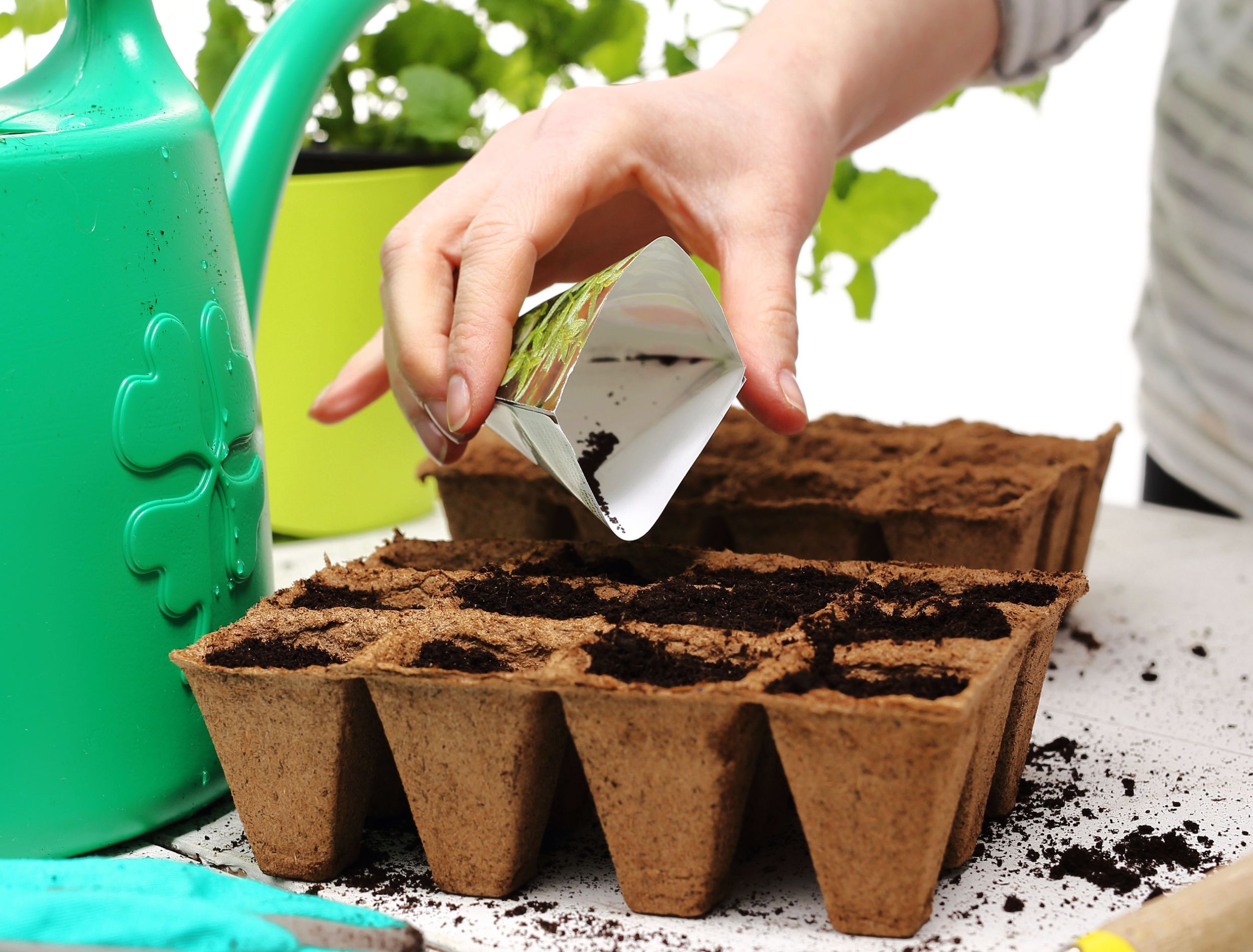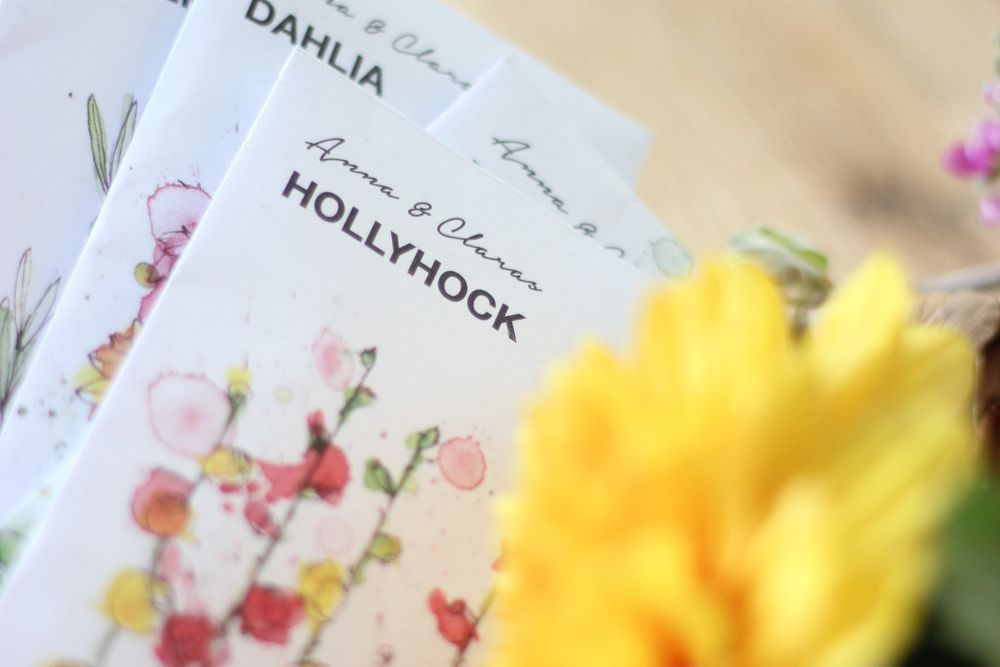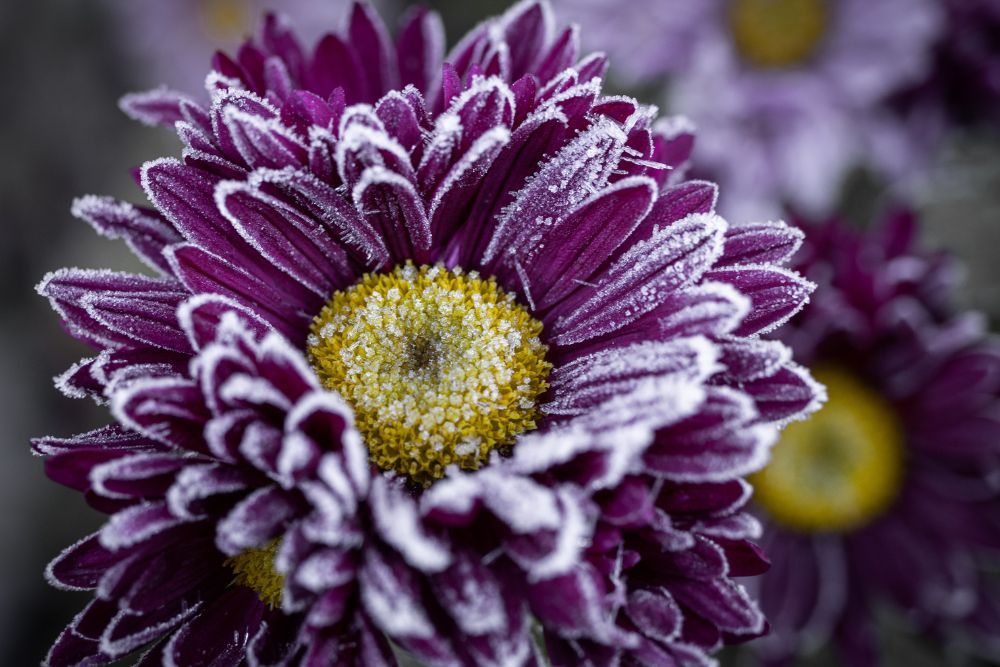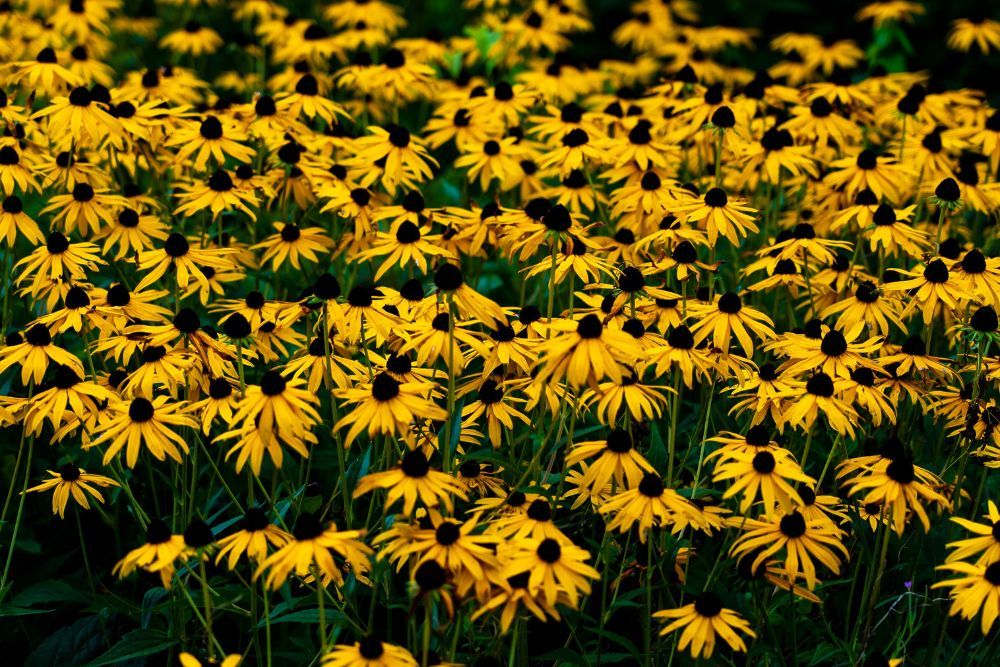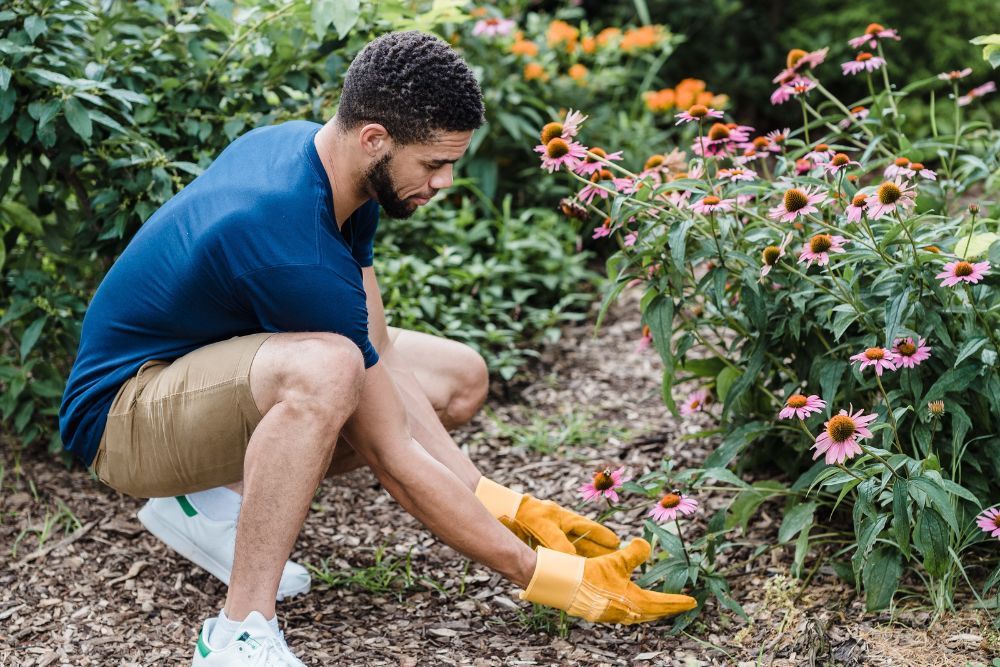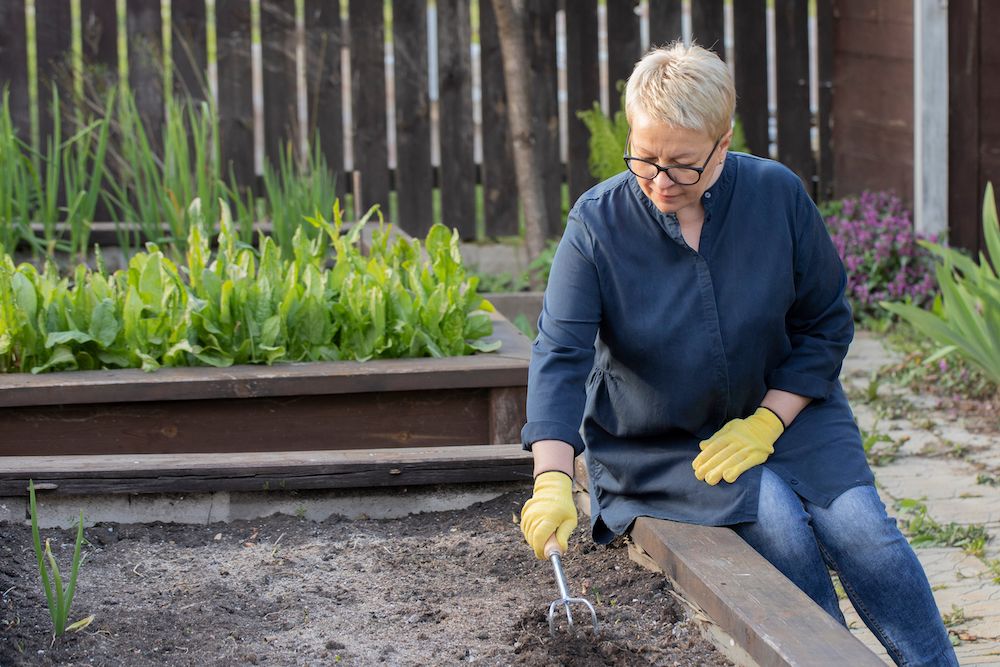When planning your garden for the seasons to come, it's never too early to start! One of the most exciting things gardeners get to do each year is design where and what to put in their garden beds. Whether you're partial to bright colors or unique textures, there's an abundance of flowers from which to choose! But, what if you are hoping to grow flowers from seeds?
When choosing flower seeds for your garden, there are a few things to remember. Take a look at these five tips for choosing the best flower seeds and promoting success!
Know the Types of Seeds
Image credits: micheile dot com via Unsplash
There are three types of seeds: open-pollinated, hybrid, and GMO. They all produce beautiful flowers and work wonderfully for the garden; however, there are differences regarding seed saving.
Open-Pollinated
Open-pollinated, or OP seeds, come from a parent plant with the help of natural pollination via birds, bees, insects, or even bats. Plants that grow from these seeds are almost identical to their predecessors.
You can purchase OP seeds online and in stores, but another way to get them is to ask around. Check with neighbors, family, or friends who collect and store flower seeds for future planting! Not only are these seeds free, you also know they are from a plant that has already shown success in your climate.
Pro Tip: Many annual flowers produce seeds that are easy to collect. Some of these include marigolds, poppies, and sunflowers. To collect seeds, wait until your plant's petals begin to fall off and the seeds turn a darker shade. Use a paper bag and cover the seeded flower, trim the stem, and then shake the bag to release the seeds. Then, store and label them for next season!
Hybrid
Another type of seed is the hybrid seed, often labeled on seed packets as F1. As the name suggests, hybrid seeds are a crossing of two different plants. These may be two of the same variety or distinct varieties.
F1 seeds are created to produce a plant with desired traits, such as enhanced flower size, color, or production. Some examples include the 'Harlequin Sunflower,' 'Lavender Wave' petunias, and the 'Stargazer Lily.'
When first grown, hybrid seeds will produce the plant seen on the seed package. However, if you save seeds from a hybrid plant, next year's flowers may look completely different.
Note: If buying hybrid seeds, always check the packaging or with the seller to determine if they are patented. If hybrid seeds have a patent, it is illegal to seed-save or share these plants.
GMO
The third variety of seeds is genetically modified organisms (GMO). These are seeds that have modified DNA from not only other species but other organisms. GMO seeds are not widely sold to the public and are usually only available to farmers and commercial buyers.
Seed packages sold in stores and online often identify seeds as "non-GMO," mainly for marketing purposes. If you source your seeds from a local garden shop or neighbors, chances are you will never come across GMO seeds.
Note: Keep in mind that if you do get your hands on GMO seeds, it is illegal to seed-save these plants or share them with others.
Know Your Hardiness Zone
Image credits: Nina Plobner via Unsplash
A hardiness zone is a number given to a region based on the average minimum temperature of each year. The hardiness zones go from 1 to 13; the higher the number, the warmer the climate. Plants are assigned a hardiness zone based on local growing climates. There are an array of plants that survive and tolerate the specific temperatures in each hardiness zone.
If you plant flower seeds that do not tolerate your location's temperatures, the plant will struggle or fail, so it's important to only select seeds that coordinate with your zone!
If you live somewhere with cold temperatures, find flowers that bloom in winter or those that tolerate cold evenings. If you live in a place with high temperatures, find flowers that grow and thrive in the heat!
Not sure if the flower seeds you are looking at thrive in your area? Enter your address into the USDA hardiness zone map finder tool to identify your zone!
Verify Planting Times
Image credits: Nick Fewings via Unsplash
Another reason to know your climate before choosing flower seeds is due to planting times. For those in warm climates, growing flowers is a year-round event. Those with long winters have a limited window (sometimes only from April until August) to grow heat-loving flowers.
Your growing season is unique to your location and determined by the months that no longer have a risk of frost.
Plant your seeds earlier or later if you live somewhere with a short summer. Earlier planting often includes growing seeds indoors and transplanting once the risk of frost has passed. Doing so allows you to get the most out of your garden in the warm months.
On the other hand, sow certain flowers later to enjoy the blooms late into fall or even winter! Varieties like chrysanthemums, asters, black-eyed Susans, or other wildflower seeds do well when grown later in the season.
Not a fan of trying to determine when to plant each year? Opt for perennial flowers like yarrow, Asiatic lilies, or sedum that regrow yearly! All you need to do is water these plants, deadhead throughout the growing season, and prep them for winter.
Assess Your Garden Space
Image credits: Lara Jameson via Pexels
When deciding which flower seeds to grow, you must know the amount of sunlight your garden receives. Is your space full sun, partial sun, or full shade? Knowing this helps narrow down the types of flowers that will grow and thrive in your space.
When planning your garden layout, consider what to plant besides your flowers. Never sow them next to aggressive plants, such as mint, amaranth, or lamb's ear! Instead, find neighboring plants that grow in similar conditions and styles to your flowers or seek out beneficial companion plants.
Check Your Soil
Image credits: Model Republique via Shutterstock
Soil is another factor that makes for successful flowers.
Every garden space is different, meaning the pH levels, consistency, and nutrients of your soil are unique. A pH of 6.5 and below is considered acidic, 6.5 to 7.5 pH is neutral, and 7.5 pH and above is alkaline.
Some flowers, like azaleas, lilies-of-the-valley, and rhododendrons, prefer slightly acidic soil (between 4.5 to 6 pH levels). In contrast, flowers like clematis, tulips, and Jacob’s ladder, tolerate neutral levels (6.5 to 7 pH levels). However, some varieties can handle mild alkaline soil levels, like calendula.
Flowers require different soil conditions, meaning it is important to know the density and consistency of your soil. Is it made up of sand, clay, or loam? Is the soil overly compacted, making water drainage poor? Are there enough nutrients in your soil? Or does it need a good dose of organic compost? If your soil is poor, amending your soil is the best solution!)
Pro Tip: Not sure what pH or consistency your soil is? Test the pH of your soil and its consistency. Use household items to conduct a DIY soil analysis to learn what grows best in your garden.
Time to Find Your Flowers!
Whether you want a beginner perennial or to create a patriotic garden, there are flower seeds perfect for your yard!
Use these five tips to help you verify which flower seeds work best. Once you consider the type of seed, your climate, the garden space, and the soil, success will come!
What are your favorite flowers to grow from seeds? Comment below with your own flower garden victories and share your seed-growing tips!

